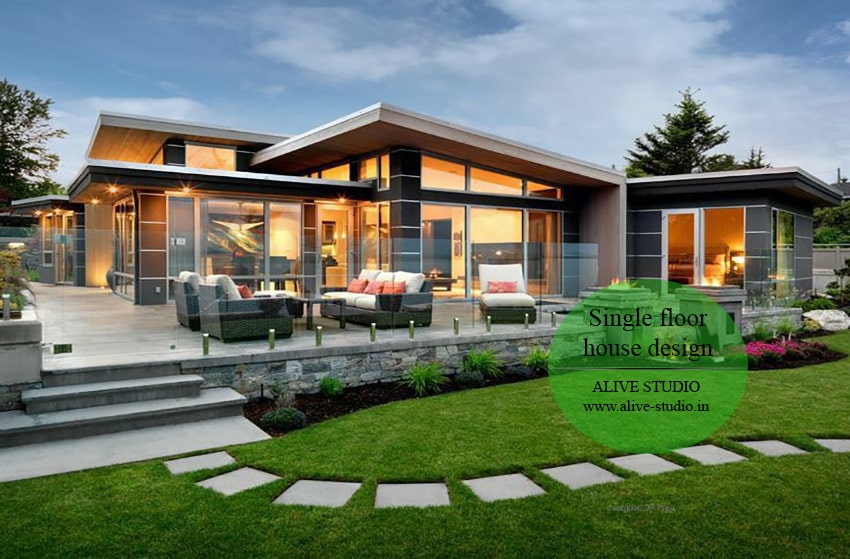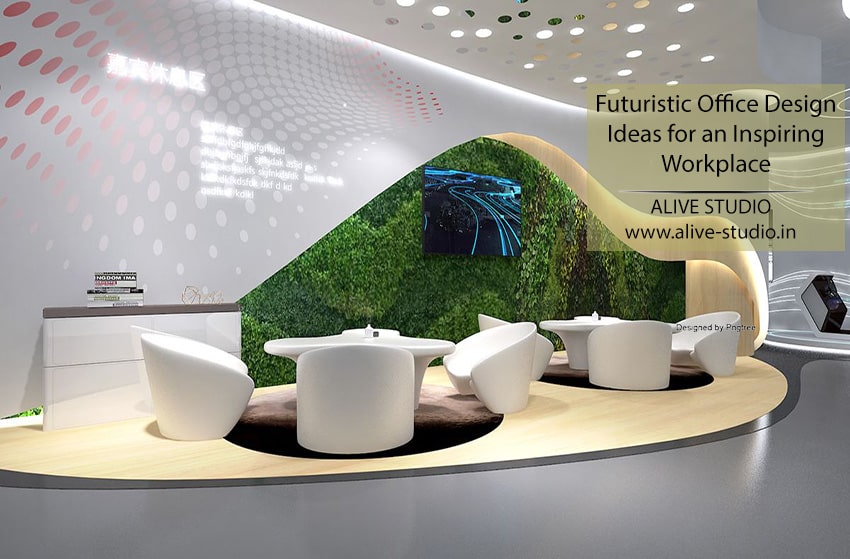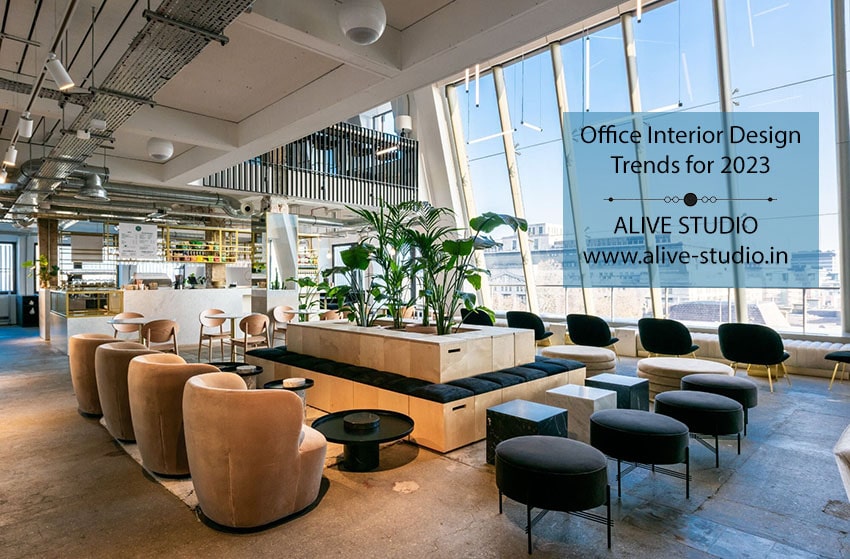
Interior designing is the art of creating a particular aesthetic and environment within a space that pleases the senses and achieves an aesthetic vision. Residential interior designing, as compared to designing commercial spaces, is a more intimate experience.
Their home is the most precious thing to a homeowner. They want it to be a place of comfort and love, where the best and most intimate memories of their special moments are made, where they entertain their guests and relatives, and so on. It is not a trivial matter designing the interior of a space that holds so much value to someone.
In this post, you’ll find out what residential interior designing is and what you can do to improve the process. Let’s begin!
What is residential Interior Design?

In the simplest terms, residential interior design refers to the designing of a space that’s for living. Any house becomes a home when the people living inside it feel like it is their home. Residential interior designers aim to achieve just that.
Residential interior designing has a lot of scope to conceptualize compared to what designers mostly have to do with commercial spaces. Most commercial buildings have a decidedly formal aesthetic, while the home interiors can have an immense range, from simplistic to complex design. Interior designers strive to understand what the homeowner wants. Based on that information and their own intuition, the interior designers advance the residential interior design.
But why is residential interior design so important?
Any space that we occupy influences our emotional and mental health. An aesthetically sound room inspires a sense of happiness and calm. Depending on the type of environment you want to create for a particular area, interior design gets changed.
Homeowners add a lot of flavors to residential interior designing, which is not the case with commercial projects where there’s usually a set template. So, commercial interior designing ensures an intimate output under the homeowner’s unique vision.
Things to keep in Mind for Residential Interior Designing
1. Pick your Interior Designer Carefully
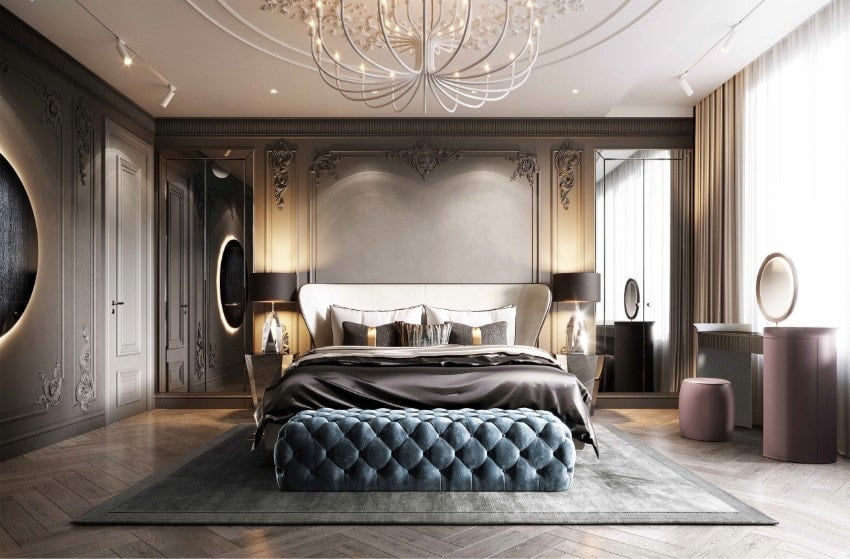
When it is your living space, nothing seems like enough. You want the best of everything. You want the best furniture, the best wall hangings, the best rugs, and so on. For residential interior design, one of the most important things to consider is the person responsible for designing your space.
Choose your interior designer after putting some time into research and consideration.
You want someone competent and experienced who can communicate well with you. After all, it is your vision that you want to see reflected in your interior design, and even if you’re not sure, you want someone who can understand what you want and make suggestions accordingly.
2. Outline your Vision
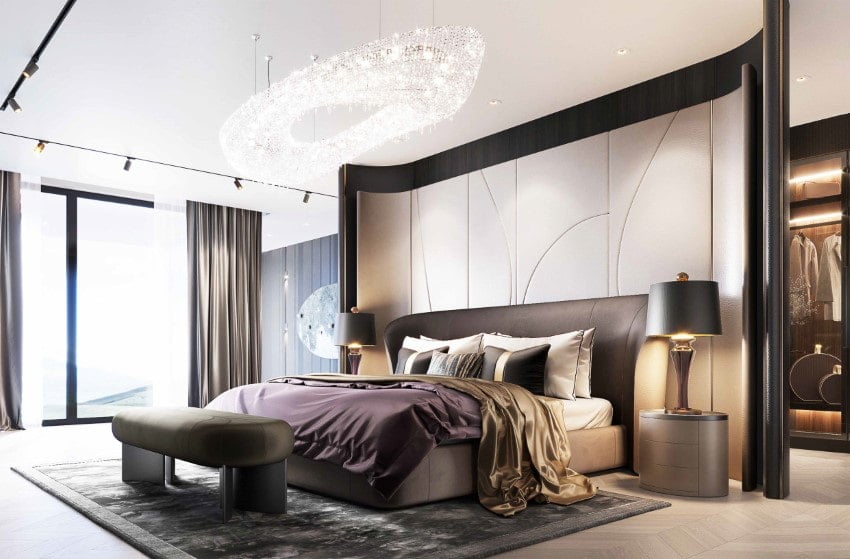
You need to understand how you want your living space to look and feel, and you can do that by brainstorming ideas and discussing them with your architect and interior designers. Involve your team in this and create a solid game plan before you begin. It is not something you want to come with as you go.
You can play with different ideas, but make sure they make sense in terms of a unified theme. You should plan and keep the future in mind. Create a design that you can live with for a long time. After all, it’s not often that you redesign your home.
3. Less is More

Don’t fit a lot into your interior if you can help it. Less is more, and more is just distracting sometimes. Be clear about your space and the elements you want in it. If something doesn’t go with the vision, don’t put it in just because it’s popular and your budget can afford it. Look for what you need. A minimalistic design helps you have a distinct environment while being aesthetically pleasing.
However, this does not mean you have to compromise what you want. You can discuss this with your designer to ensure your vision sparks through. Anupam Singh, the principal designer at Alive Studio, the leading residential architectural and interior designing firm based in Gurgaon, shares his “10 creative living room decorating ideas that radiate class“.
4. Mind the Interior Design Basics
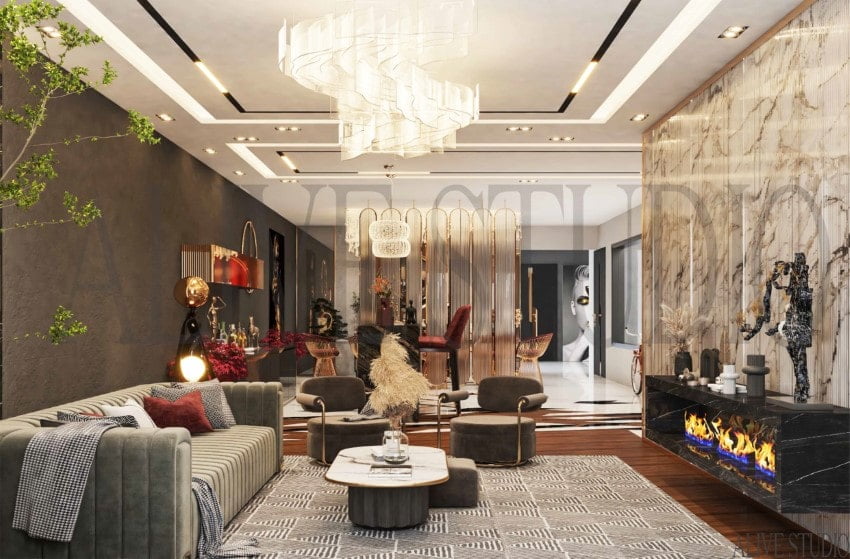
There are a lot of principles at play with interior design. For residential interior design, you can establish an informal (asymmetrical) or radial balance compared to a formal (symmetrical) balance for more of a zest. Play with colors, material, custom furniture, and lighting to capture the best rhythm. Make sure that all the elements in your space go well together, whether they are similar or in contrast.
Your space should have harmony. However, if you decide to play with the presentation, there should be unity. It will give you, your family, and your guests a sense of centeredness, not confusion.
A Few Residential Design Examples for Inspiration:
Architectsdiary.com has a list of their top 20 apartment designs, and we’ll look at a few of their best picks to understand how you can enrich the interior design for your residence.
a.) Here you see a cozy interior with a play on grey and turquoise. You see a layered look. In the center, you see an accent turquoise slatted angular wrap against large mirrors, creating a dynamic feel. There are no distractions, and the room looks spacious. What you see an expert blend of contemporary and modern design.

b.)This high-end interior design exudes a sense of opulence, and a wonderful overall aesthetic, achieved by the strategic placement of furniture and decorative. You see different colors, but nothing stands apart from the others. The interior designer has well used every element to bring forth an aesthetic that is rich and vibrant. You wouldn’t call it minimalistic, but it doesn’t hit your eyes with confusion, just the richness of the view.
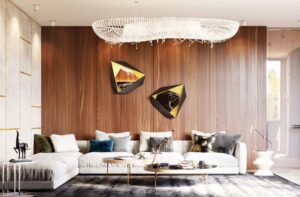
c.)This rooftop apartment is a perfect example of how contrast can work to refine and enrich your interior. It’s a play with wood and concrete materials that help to achieve a distinct aesthetic here, and the place looks gorgeous.
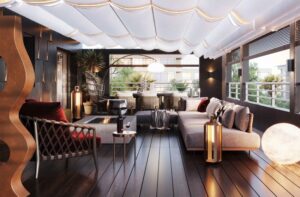
Conclusion
Residential interior designing helps homeowners create a space where they feel most comfortable and at home. Everyone has a unique vision for their residence, and with the help of an expert in residential interior design, the process can become comfortable and enjoyable. An expert home interior designer can help you see your vision more clearly and realize it with their experience and expertise. It’s a big undertaking, but with residential interior designing, you can experience what your space can be and enjoy it with your family and friends.
FAQ’s
Q- What are some tricks to make the room look more spacious?
A- To make your room roomier, start by inspecting all the interior elements. Take out anything that doesn’t go with your desired aesthetics. Using brighter colors and reflective surfaces can help with this too. Clear off your floors, and make sure the windows are clear as well. Try to be strategic with placing the furniture without disturbing the entire aesthetic.
Q- How can I find out the best options for my home interior?
A- Do your research. Look at interior references online and ask around in your circle. Click a few pictures of your space and look closely and try to envision what you would add/remove from the picture. You can further consult with an interior designer to get a more comprehensive solution.
Q- Can I use eco-friendly and sustainable materials?
A- That depends. You can consult with your architect and construction crew to find out if the options you have in mind are practical for you. If they agree, you can continue.
Q- What type of furniture will go best in my living room?
A- There are plenty of furniture pieces that go well in your living room, such bookshelves, sofa set, coffee table, TV stand, chairs, wall art, and so on. It depends on the vision you have for your living room and what sort of furniture will go with that.

